Protein calorie malnutrition (PCM) is a major health concern among the elderly. Malnutrition occurs in at least 27% of the geriatric population (1).
This article will explain risk factors, consequences, and possible interventions for PCM in the aging population.
What is Protein Calorie Malnutrition?
PCM occurs when not enough protein and calories are consumed and/or metabolized, resulting in muscle loss. It also may be referred to as protein energy malnutrition (PEM).
Risk Factors
Older adults are at increased risk for PCM as they age. PCM can worsen cognition and physical functioning; impacting quality of life. This is particularly true for those in the hospital or long term care facilities.
Social, environmental, and medical factors impact malnutrition risk. PCM risk factors include (2, 3):
- Advancing age
- Being institutionalized
- Organ failure
- Infection
- Trauma
- Dementia
- Acute illness
- Poor appetite
- Medication effects
- Gastrointestinal issues
- Difficulty self feeding
- Polypharmacy
- Social isolation
- Impaired communication
- Depression
- Poor dentition
- Cancer
- Dysphagia: swallowing difficulty
- Poverty
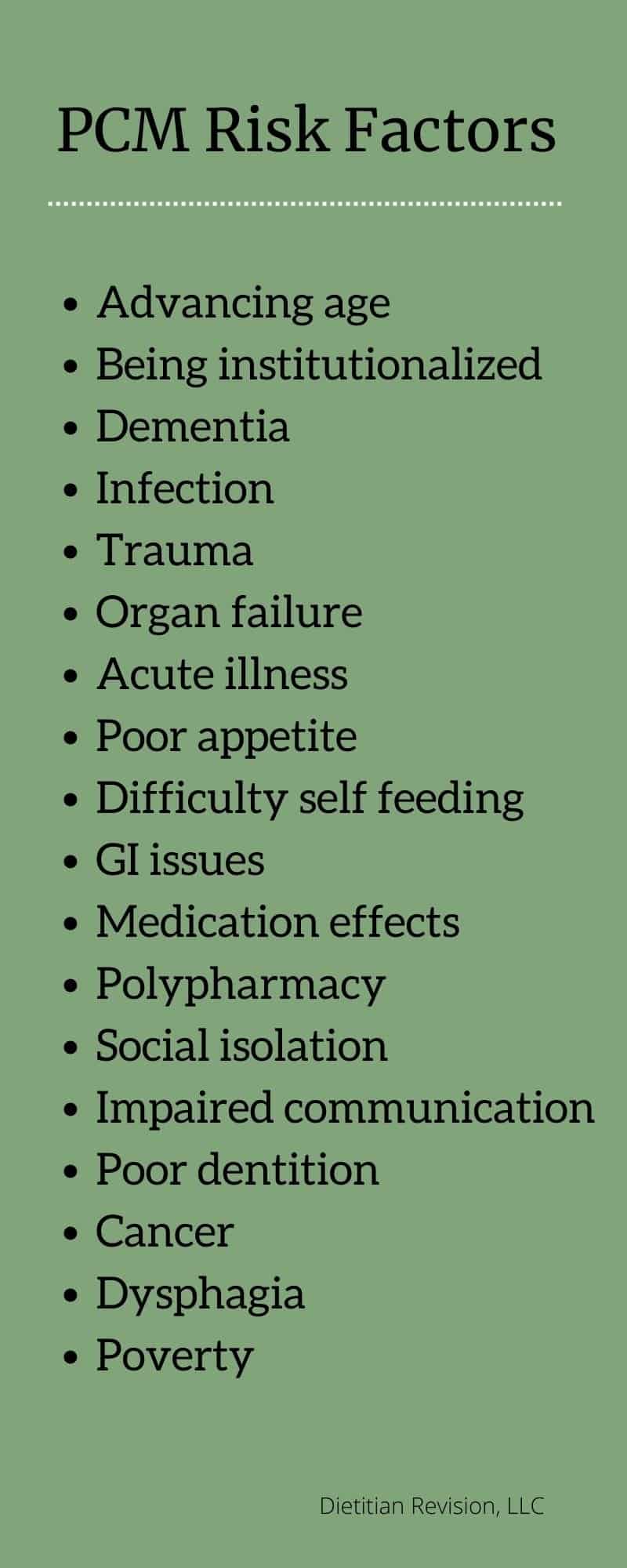
Screening for Malnutrition
Early identification of PCM is important to prevent or reduce associated consequences. Health professionals use validated tools to determine malnutrition risk.
Examples of screening tools include:
- Mini Nutritional Assessment ® (MNA)
- Mini Nutritional Assessment – Short Form (MNA-SF)
- Nutritional Risk Screening 2002 (NRS)
- Malnutrition Screening Tool (NST)
- Subjective Global Assessment (SGA)
- Malnutrition Universal Screening Tool (MUST) (4)
There is no current universal diagnostic criteria for malnutrition. Multiple factors are typically taken into consideration by health professionals when determining PCM (5):
- Low BMI
- Unintentional weight loss
- Decreased muscle mass
- Declined food intake
- Inflammation/disease process
- Declined mobility
- Poor protein intake
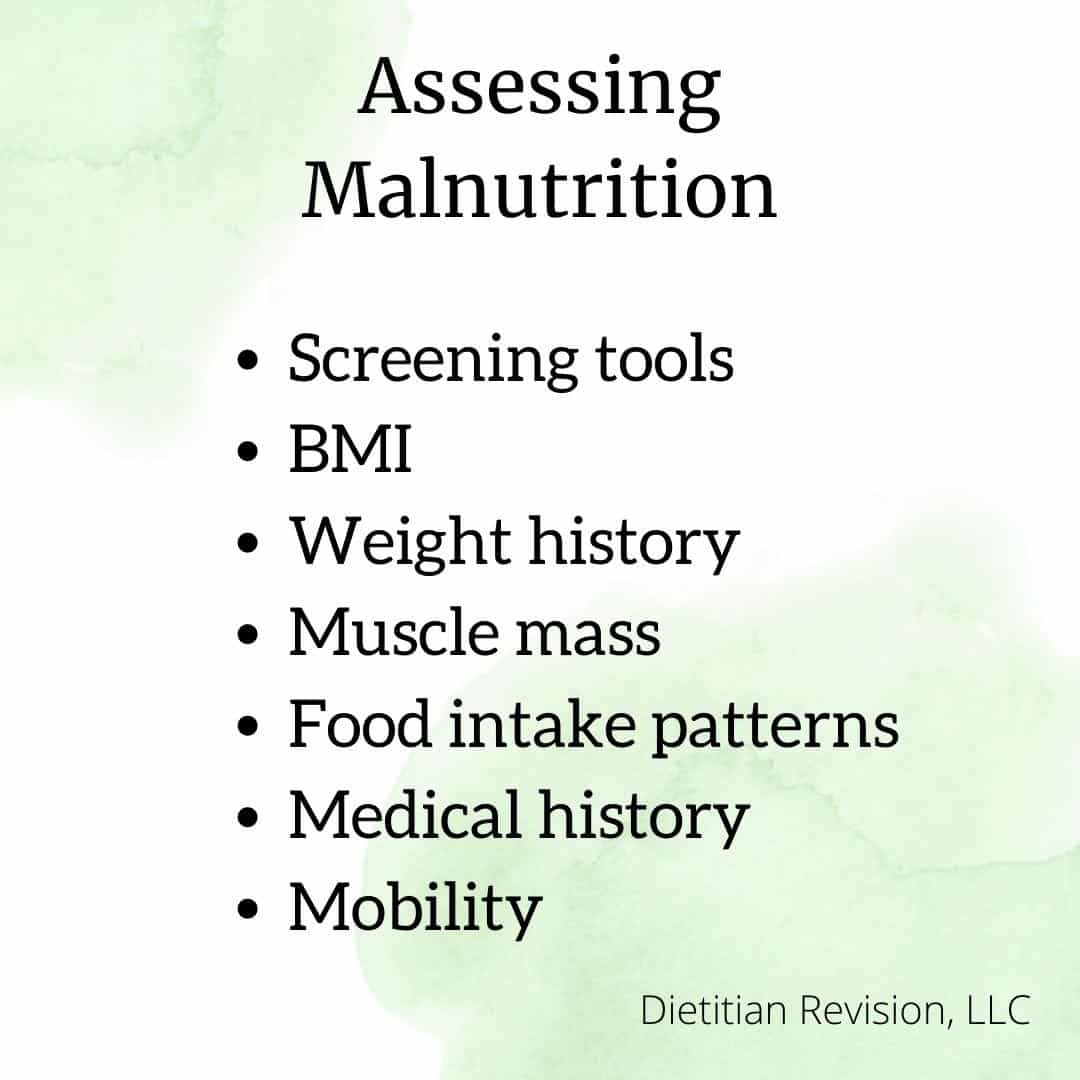
Consequences of PCM
- Weight loss
- Frailty
- Sarcopenia: age related decrease in muscle and function
- Increased falls
- Poor health outcomes
- Declined quality of life
- Increased morbidity and mortality
- Decreased ability to live independently
- Reduced bone mass
- Anemia
- Immune dysfunction
- Increased hospitalizations
- Pressure ulcer development
- Delayed wound healing
- Poor recovery
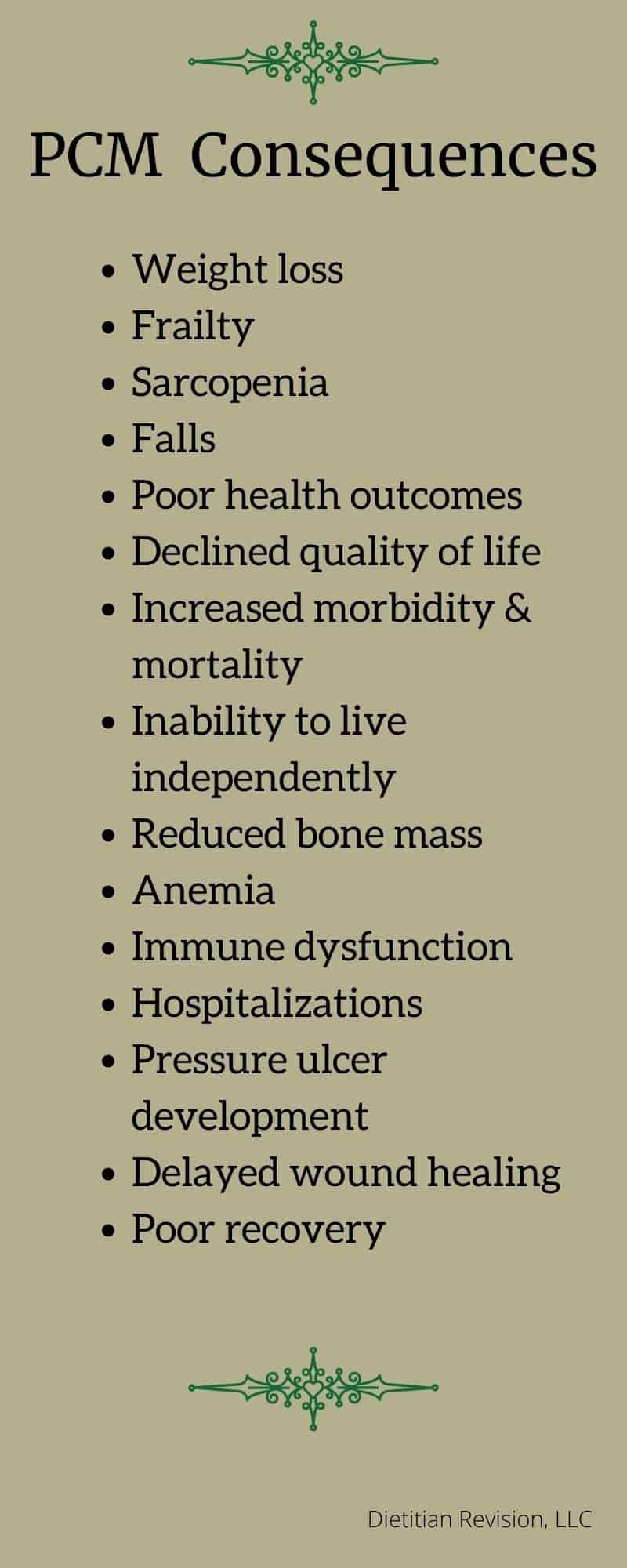
Interventions for Protein Calorie Malnutrition
Early intervention is important to prevent or at least reduce the negative impact of PCM. Weight gain has been related to improvements in functional ability (9).
Potential interventions include:
- Fortified foods
- Oral nutrition supplements
- Snacks
- Small, frequent meals
- Liberalize diet
- Serve protein sources at each meal
- Honor food preferences
- Dysphagia diet
- Social dining environment
- Psychological services
- Improved oral health
- Medication review
- Offer alternatives
- Artificial nutrition, however may be contraindicated
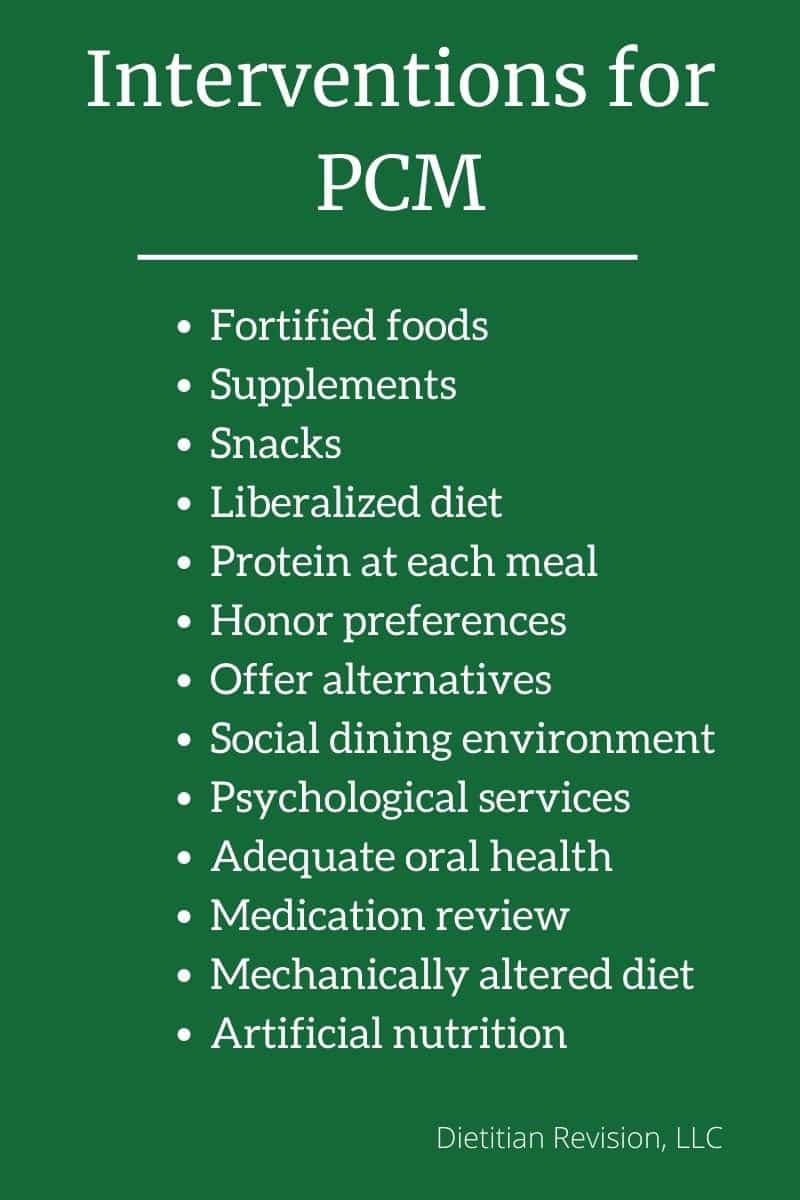
Final Thoughts
Protein calorie malnutrition can negatively impact older adults. Early risk detection and intervention are key at minimizing the negative consequences associated with PCM.
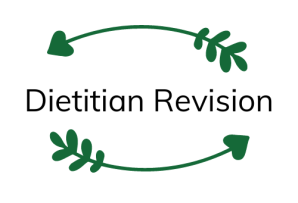
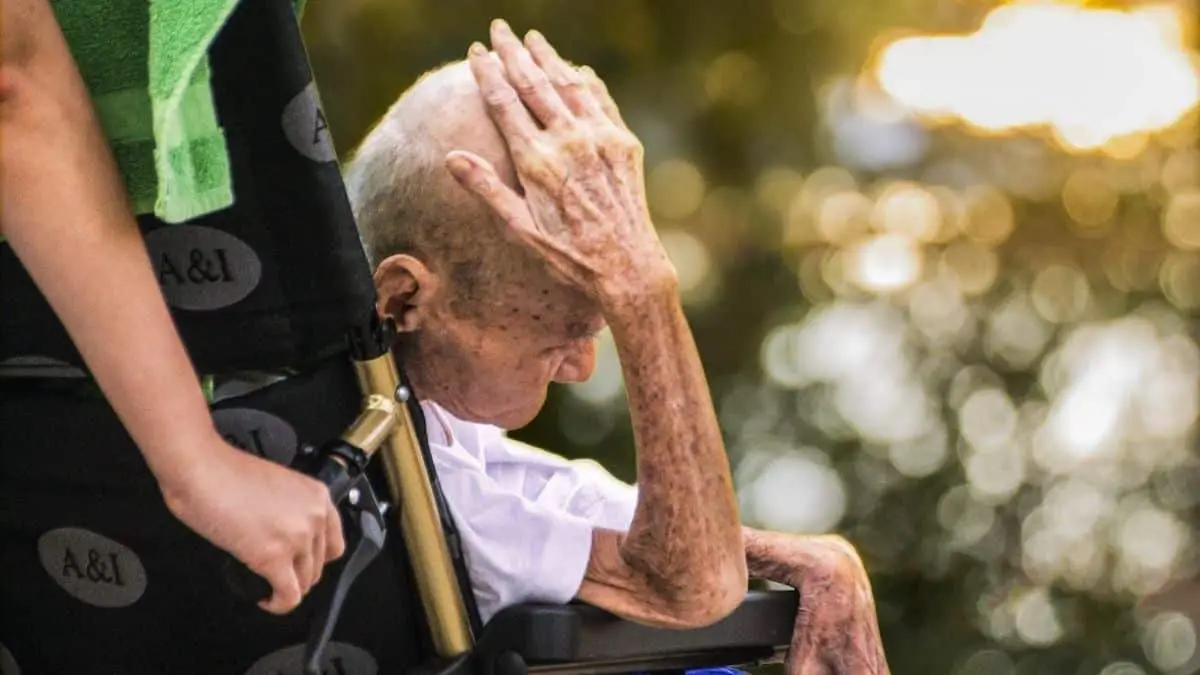


Elderly individuals often have specific nutritional requirements due to factors like reduced appetite, digestion issues, or medical conditions.
Hello,
Very important information is included in the article. As someone who has taken care of an elder, I understand the importance of a healthy diet. This is equally helpful for those of us above 60 who are facing a number of issues that require appropriate attention to diet and aging.
Thank you for such a concise overview! So helpful to us in the field in gerontology try ing to give good advisement!
Kay FNP-BC